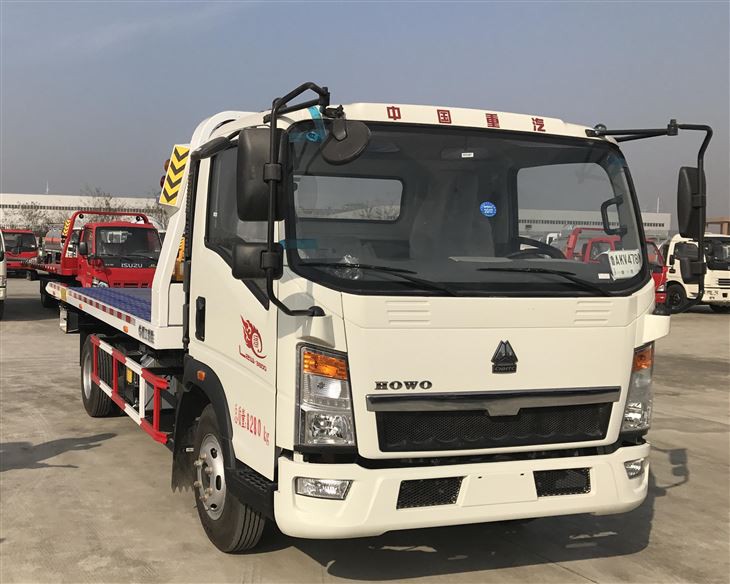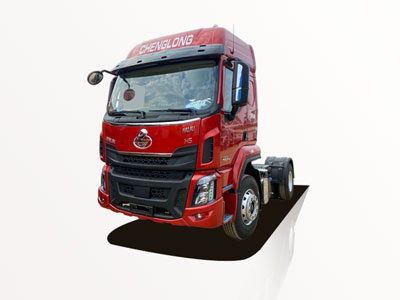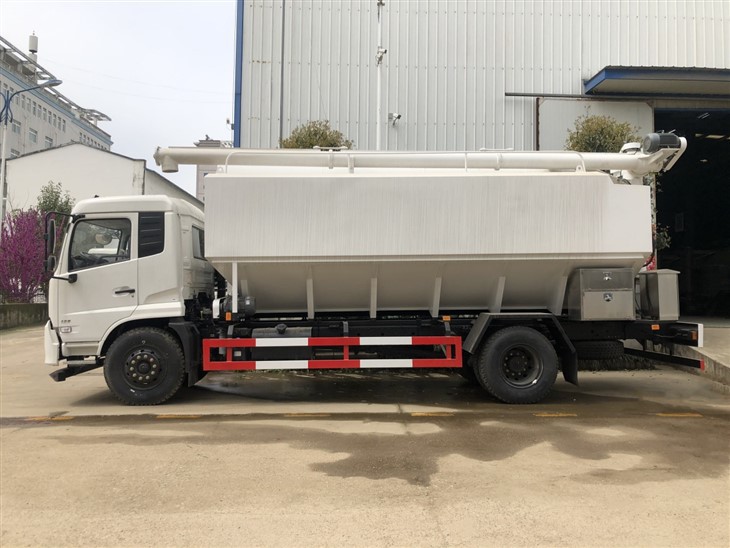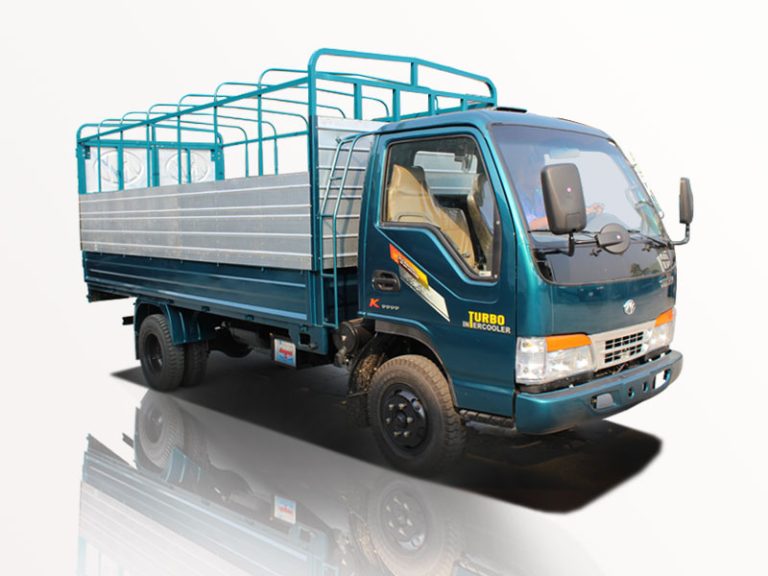Construction vehicles are essential assets in the building and infrastructure projects around the world. From digging deep trenches to moving heavy materials, different types of construction vehicles serve multiple purposes. This article delves into the various construction vehicles, their uses, specifications, and tips for choosing the right one for your project.
Understanding Construction Vehicles
Construction vehicles are heavy equipment designed to perform specific construction tasks. They play a crucial role in industries like civil engineering, mining, and construction. The types of construction vehicles vary based on function, size, and the nature of the project at hand.
The Importance of Choosing the Right Construction Vehicle
Choosing the correct vehicle is vital to ensure efficiency, safety, and cost-effectiveness on construction sites. Using inappropriate equipment can lead to project delays and increased expenses. Factors to consider include:
- Project size and scope
- Terrain conditions
- Material types and weights
- Budget constraints
Common Types of Construction Vehicles
1. Excavators
Excavators are versatile vehicles used primarily for digging. They come in different sizes and capabilities:
| Type | Engine Power (HP) | Typical Uses |
|---|---|---|
| Mini Excavators | 20-50 | Landscaping, small digging projects |
| Standard Excavators | 60-120 | Construction, mining |
| Large Excavators | 200+ | Heavy-duty tasks |
Practical Example and Tips
For small residential projects, a mini excavator suffices; for larger utility projects, opt for standard or large excavators.
2. Bulldozers
Bullldozers are robust vehicles equipped with a broad, flat blade that can push large volumes of material.
- Used for clearing, grading, and moving earth.
- Ideal for large construction sites and road construction.
Practical Example and Tips
Always consider soil composition when using bulldozers to enhance efficiency and avoid mechanical wear.
3. Loaders
Loaders are designed for loading materials like dirt, gravel, or wood into trucks. They are categorized into:
| Type | Engine Power (HP) | Typical Uses |
|---|---|---|
| Wheel Loaders | 100-600 | Heavy loading tasks |
| Track Loaders | 100-300 | Working on rough terrain |
Practical Example and Tips
For unloading in tight spaces, consider a compact wheel loader for better maneuverability.
4. Dump Trucks
Dump trucks are vital for transporting materials to and from construction sites. They come in a range of sizes:
- Standard Dump Trucks: for large volumes of bulk materials
- Transfer Dump Trucks: for added capacity with trailer connection
Practical Example and Tips
Always plan your routes in advance to optimize load delivery, especially in urban areas.
5. Cranes
Cranes are used to lift and move heavy materials vertically and horizontally. The main types include:
| Type | Maximum Load Capacity | Typical Uses |
|---|---|---|
| Tower Cranes | 20 tons | High-rise buildings |
| Mobile Cranes | 50 tons | Infrastructure projects |
Practical Example and Tips
Always ensure that cranes are calibrated correctly to avoid accidents on site.
6. Concrete Mixers
Concrete mixers are crucial for transporting and mixing concrete. They can be stationary or portable:
- Drum Mixers: for large volumes
- Static Mixers: for small to medium projects
Practical Example and Tips
Consider the delivery time of concrete to the site; use a mixer with agitating features to maintain workability.
7. Graders
Graders are designed for creating flat surfaces. These vehicles are primarily used in road construction and maintenance.
Practical Example and Tips
Utilizing graders before laying down asphalt improves road longevity, ensuring a smooth finish.
8. Pavers
Pavers are essential for road construction, laying asphalt or concrete for durable road surfaces.
Practical Example and Tips
For optimal asphalt adhesion, ensure a proper heating and laying technique.
9. Telehandlers
Telehandlers, or telescopic handlers, combine the features of a crane and a forklift, useful for lifting materials to heights in construction sites.
Practical Example and Tips
This vehicle is especially useful in agricultural applications, providing versatility in loading and lifting jobs.
Factors Affecting the Choice of Construction Vehicles
1. Project Scale
For larger projects, heavier and more specialized machinery is necessary, while smaller projects may only require compact vehicles.
2. Ground Conditions
Consider the terrain; for rocky or uneven surfaces, heavy-duty equipment like all-terrain vehicles is needed.
3. Budget
The vehicle’s costs (purchase, lease, or rental) must align with your project budget to avoid unnecessary financial strain.
4. Operator Skill Level
Ensure that operators are trained and certified to handle specific equipment safely to prevent accidents.
Maintenance of Construction Vehicles
Importance of Maintenance
Regular maintenance extends the life of construction vehicles while ensuring they operate efficiently and safely.
Maintenance Practices
- Regular inspections for wear and tear
- Timely oil changes and fluid refills
- Routine cleaning to avoid rust and corrosion
Construction Vehicle Safety Tips
1. Operator Training
Ensure operators receive proper training and certifications to handle different construction vehicles.
2. Daily Checks
Conduct daily vehicle inspections before use to ensure that all machinery parts are functioning correctly.
3. Safety Gear
All operators should wear appropriate safety gear, including helmets, gloves, and reflective vests.
Frequently Asked Questions (FAQ)
1. What are the most commonly used construction vehicles?
The most commonly used construction vehicles include excavators, bulldozers, loaders, and dump trucks.
2. How do I know which construction vehicle to choose?
Evaluate your project size, material types, and ground conditions to select the right vehicle.
3. Can I rent construction vehicles instead of buying them?
Yes, many companies offer rental services, allowing you to choose the equipment you need for a specific project timeframe.
4. What is the average lifespan of a construction vehicle?
The lifespan varies by vehicle type and maintenance; most heavy machinery lasts between 10 to 20 years.
5. What safety measures should be followed while operating construction vehicles?
Always follow standard operating procedures, perform daily inspections, and wear necessary personal protective equipment.
6. Are there eco-friendly construction vehicles available?
Yes, many manufacturers offer electric or low-emission construction vehicles to comply with environmental standards.



